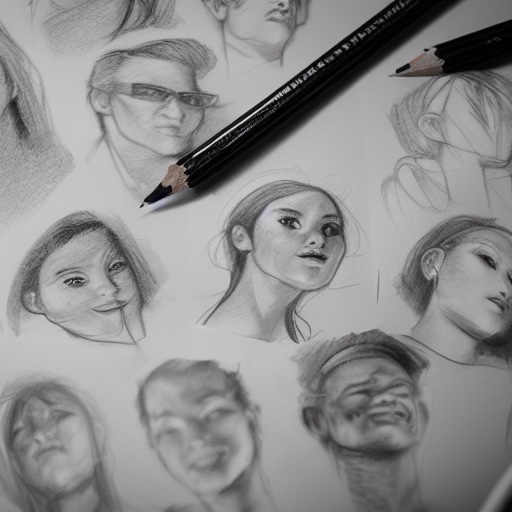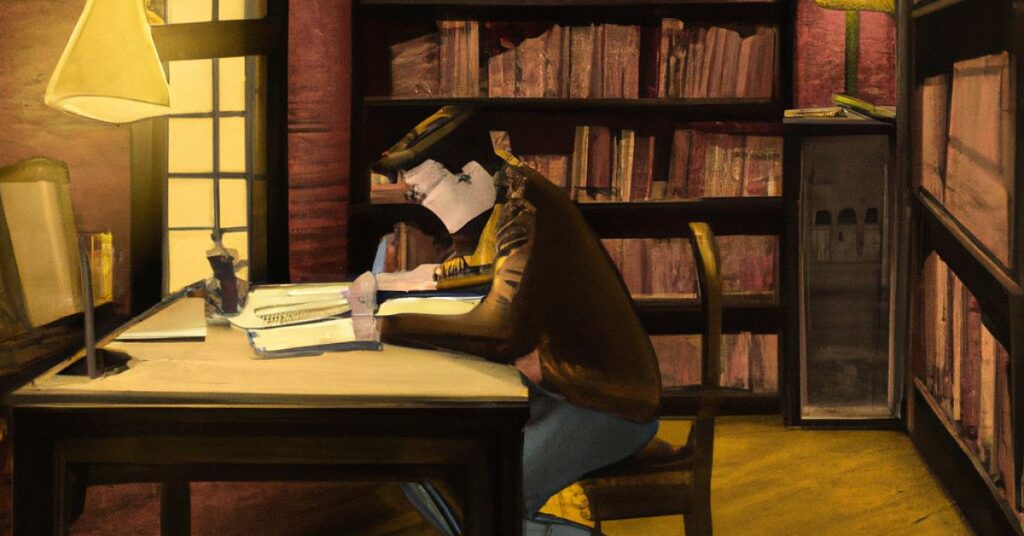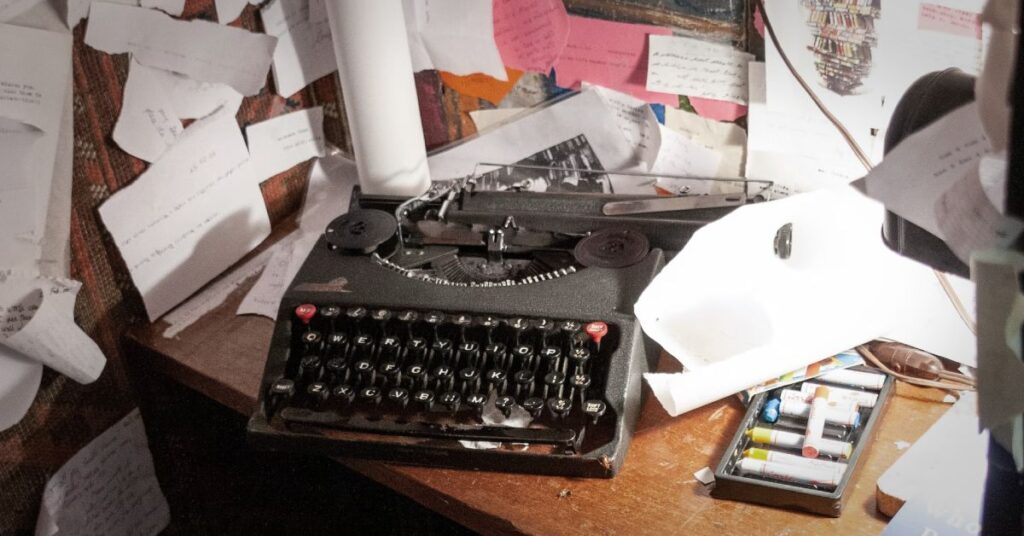Last updated on January 5th, 2023
If you’re looking for some inspiration for your next creative writing project, why not try using some character development writing prompts? By coming up with creative and unique ways to develop your characters, you can ensure that your story will be more interesting and engaging for your readers.
From developing a character’s back story to exploring their motivations, these prompts should help you and your readers get to know your characters better and create characters that are more three-dimensional. By giving your characters prompts that help you understand them on a deeper level, you’ll be able to write them more authentically.
Plus, they can help you to break out of any writing ruts you may find yourself in and find inspiration. So if you’re ready to get started, here are some prompts to help you get inside your character’s heads. And if you are lucky, they might even surprise you!
What are writing prompts?


A writing prompt is a topic or question that is used to generate ideas for writing. As a writing exercise, character prompts specifically are used to generate ideas for writing about characters, and can be used for any type of writing, including fiction, non-fiction, and even poetry.
How do you use writing prompts?
There are many different ways to use character prompts. One way is to choose a prompt that focuses on a specific aspect of a character, such as their appearance, personality, or history. This can help to narrow down the ideas that are generated and can make the writing process easier.
Another way is to choose one that is open-ended and allows for a variety of ideas to be generated. This can be a great way to get the creative juices flowing, and can often lead to some very interesting and unique characters.
Whatever method you choose to use, they can be a great way to jump-start your writing and can help to create some truly fascinating and original characters.
Also, they may or may not lead to writing an actual scene that will be included in your story but will still give you more history of your character from which to draw.
Types of Character Writing Prompts
Things and Objects
When you are developing a character, you want to make sure that they are well-rounded and believable. One way to do this is to have them interact with their environment. What kind of things are in their environment? How do they react to them? Do they have any kind of connection to them? What does the object’s sentimental value say about the character who holds it dear? What kind of memories and associations does it bring up for them? All of these things can help to develop your character and make them more believable to your readers.
- A character is cleaning out their attic and finds a dusty old box. Inside are things that belonged to a person they used to be close to, but haven’t thought about in years. What objects are in the box, and what do they mean to the character?
- A character is going through a difficult time and finds solace in a particular object. What is the object, and why does it bring them comfort?
- A character inherits a piece of jewelry from a relative they never knew. What does the jewelry look like, and what does it mean to the character?
- A character finds a lost wallet on the street. What is the wallet’s owner like, based on the things inside it?
- A character is going through a tough break-up and decides to get rid of all of the things that remind them of their ex. What are some of the things they get rid of (or keep!), and why?
- A character is moving to a new city and has to downsize their belongings. What are some of the things they keep, and what do they mean to the character?
- A character is going through a difficult time and starts collecting random things as a way to cope and regain a sense of control. What kinds of things do they collect, and why?
- A character is going through their family’s things after a loved one dies and finds an old photograph. Who is in the photograph, and what does it mean to the character?
- A character is cleaning out their closet and finds a box of things they used to love as a child. What are some of the things in the box, and what memories do they bring back for the character?
- How does a character’s relationship to a thing or object change throughout the story? How does that reflect the character’s evolution and growth?
Personality
When developing a character, it can be helpful to explore their personality to get a better sense of who they are and how they might react in different situations. This can be done by considering their values, beliefs, and motivations, as well as their strengths and weaknesses.
- Your character is faced with a difficult choice and the consequences of that choice. How do they address it, or not? What did they learn?
- What’s your character’s biggest secret? What would happen if it was revealed?
- Your character tries out a new hobby and discovers they have a hidden talent for it. What is it? How does the hobby or that knowledge impact them?
- Your character encounters someone who challenges their beliefs or worldview. What is it, and does either character change?
- Write a scene in which your character tries out a new personality trait and it backfires hilariously.
- Write a scene in which your character’s personality is the perfect match for a situation, and they make the most of it.
- Write a scene in which your character has to restrain their personality for the sake of a professional setting.
- Write a scene in which your character’s personality gets them into trouble but they manage to talk their way out of it.
- Write a scene where your character has to fake a personality different from their own.
- Your character has a revelation about themselves that leads to a radical change in their personality.
Character Interactions
One way to develop a character in your writing is to explore interactions with other characters or creatures in the story. This can help you to understand how your character thinks and feels, and can also give your reader insight into how other characters may react to your character. Additionally, exploring interactions between characters can help to create conflict and tension in your story, which can make it more interesting to read.
- Have your character find a lost pet. What does this reveal about your character’s compassion for creatures?
- Have your character overhear a conversation between two other characters. What does this reveal about your character’s relationships with others?
- Have your character wake up in a room full of people they don’t know. What does this reveal about your character’s social anxiety or lack thereof?
- What does your character do when they first meet someone new? Are they outgoing or shy? Do they make a good first impression?
- How does your character act when they’re around someone they’re attracted to? Do they get tongue-tied or do they flirt shamelessly?
- In what ways does your character open up to others, and in what ways do they hold back? What do they reveal about themselves, and what do they keep hidden?
- What would happen if the character had to spend an entire day with someone they absolutely despised?
- Your character is at a party and gets into a heated argument with another person. What caused the argument, and how does your character react?
- Your character is at a museum and strikes up a conversation with the person next to them. What do they talk about?
- Your character is stuck in an elevator with someone they don’t know. How do they pass the time? What do they learn about the other person?
Places and Locations
Developing a character in your writing can be informed by exploring places and locations in the story in several ways. First, they can provide physical details about the character such as how they dress, and what kind of environment they are comfortable in. Second, they can also provide information about the character’s past, such as where they grew up or what kind of experiences they have had. Finally, places and locations can help develop the character’s goals and motivations, as well as create obstacles and challenges for them to overcome. By exploring all of these aspects of a character, you can create a well-rounded and believable character that will resonate with your readers.
- Develop a character who has a deep love for a certain place, whether it be a city, nature, or even an imaginary world. What is it about this place that draws them in?
- Your character is haunted by a specific location. This can be a place from their past that they can’t forget, or a place they’ve never been to but feel a deep connection to.
- Your character discovers a hidden room in their home that they never knew existed. What’s inside?
- Your character gets lost in a place they have never been before. How do they manage the situation and find their way back?
- Your character has to move to a new location and doesn’t want to leave their old home. How do they adjust to the new place?
- How did your character come to live where they do? Why do they stay?
- Your character visits a place that was significant to them in their past. What memories did it bring up? How did they feel?
- Your character stumbles upon a place that is the complete opposite of what they expected. What was it like? How did they react?
- Your character realizes they are homesick. For where? What do they do?
- What was the last place your character visited that left them feeling inspired? How long has that been?
Senses
Another way to develop a character is to explore their senses, or the senses of those around them to add another layer of depth to the story. For example, if a character is trying to figure out what another person is feeling, they might pay close attention to that person’s body language and facial expressions. Or, if a character is trying to remember a past event, they might focus on the smells and sounds associated with that event.
- Write a scene where your character is trying a new food for the first time and describe their reaction using all five senses.
- Describe the first time your character ever saw snow. How old were they? Was it in-person, in photos, or on TV?
- Your character’s child is learning an instrument. What does it sound like, and how do they feel?
- What is your character’s sense memory of a parent’s perfume or cologne? What feelings or memories does it trigger in them?
- Your character wakes up to the sound of someone else in the room. What is their first reaction and what does this say about the character’s paranoia or trust issues?
- The character bites their tongue and tastes blood in their mouth. Where in their past does this take them emotionally?
- The character smells something burning. What is their response, and what does it trigger in them?
- What does your character’s handwriting look like?
- How does your character respond to hearing their voice?
- Your character receives an electrical shock. What is the first word or sound they make?
Conclusion


I hope these help your characters take you somewhere unexpected, and you can learn about them along the way. What motivates them? What do they fear? What are their deepest desires? By exploring different aspects of your character’s personality, history and motivations, you can create well-rounded, believable, and compelling characters that your readers will love (or love to hate).
Still need even more inspiration? AI writing assistants have the ability to brainstorm with you, potentially providing endless prompts! Check out our Directory of AI Writing Tools and find one that fits your needs and budget… some even have free plans!




